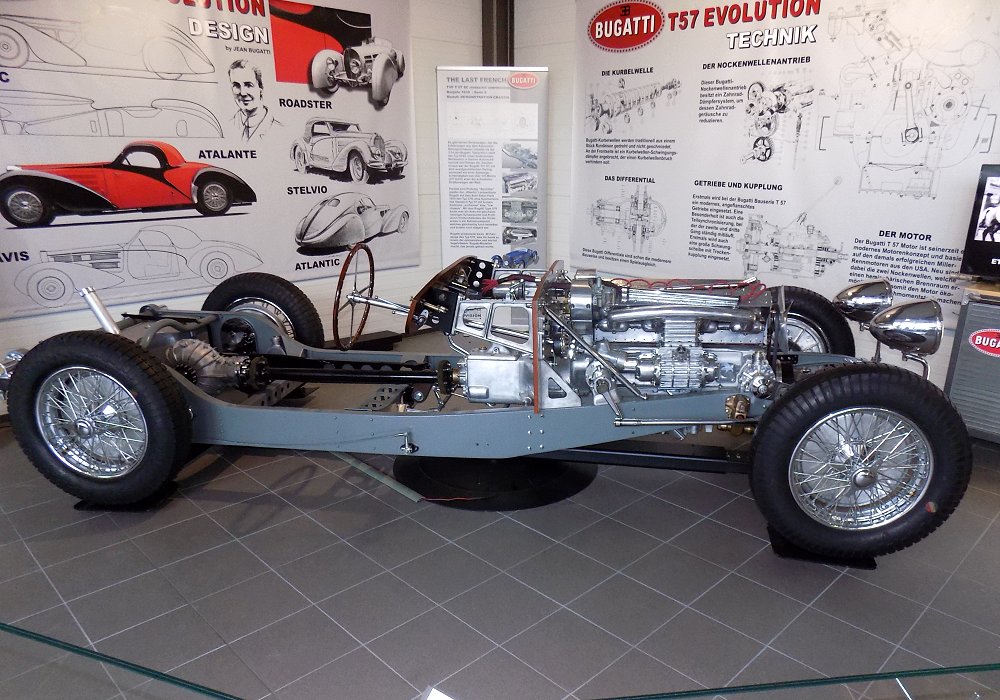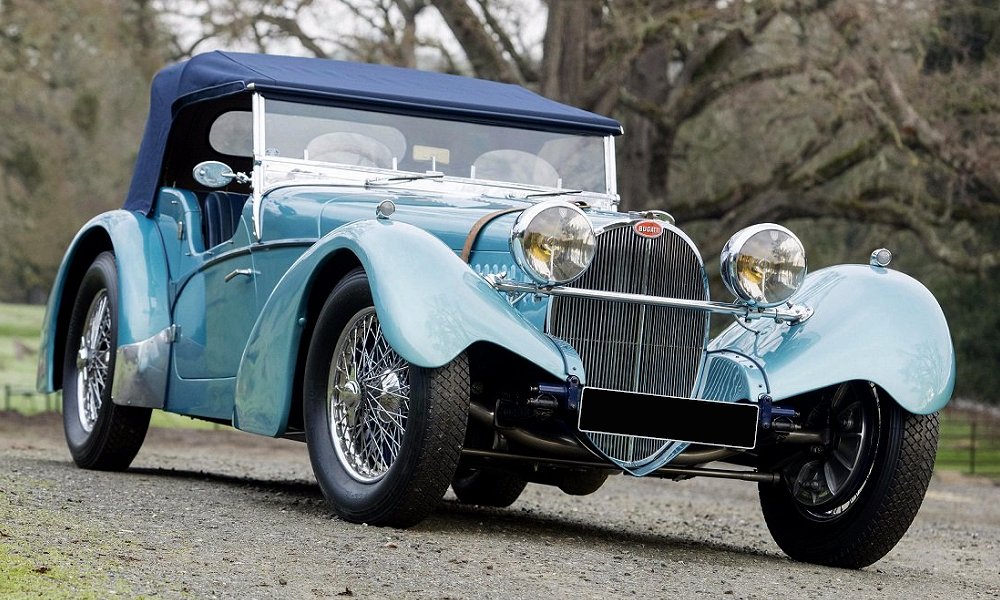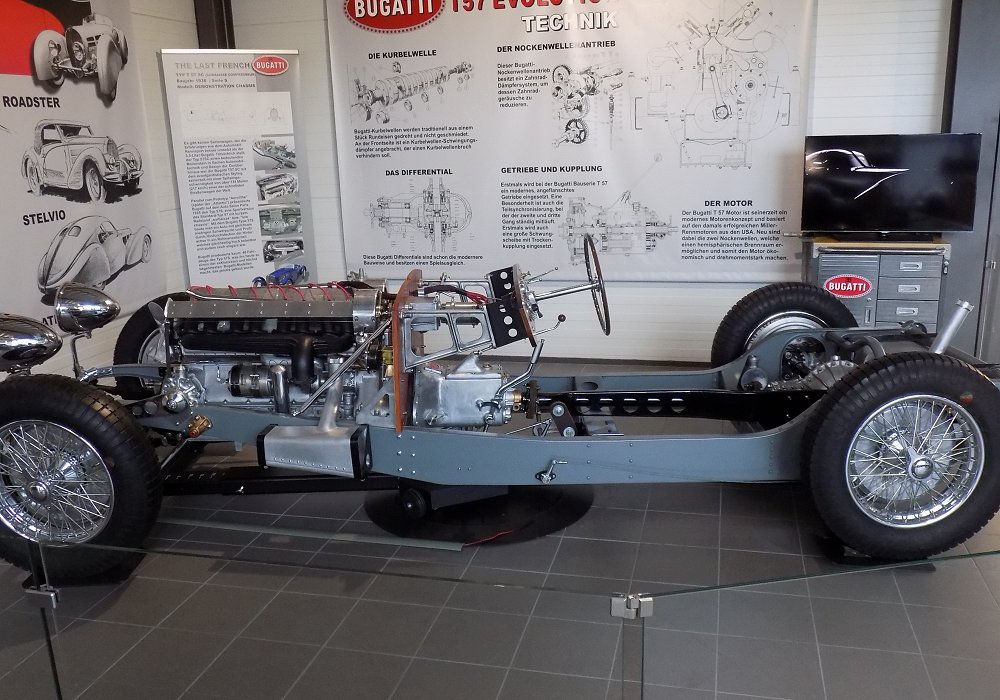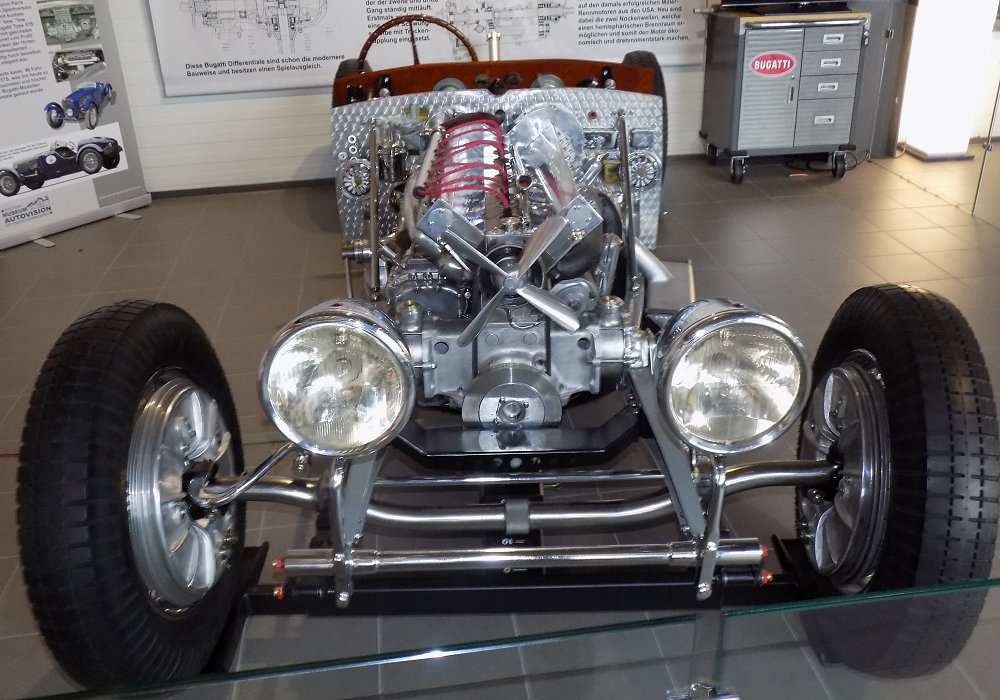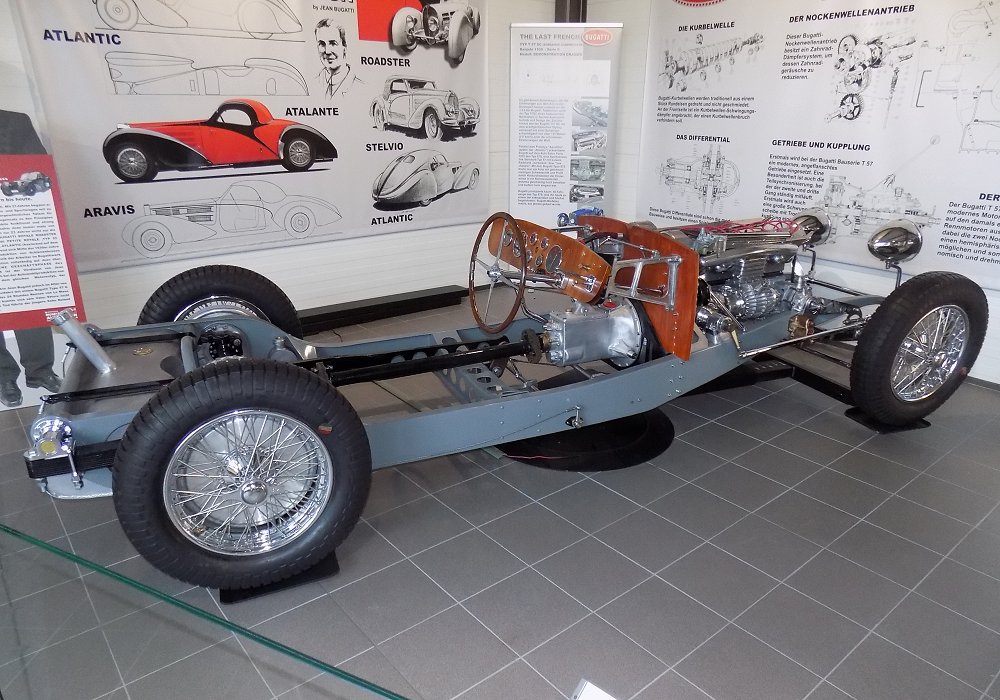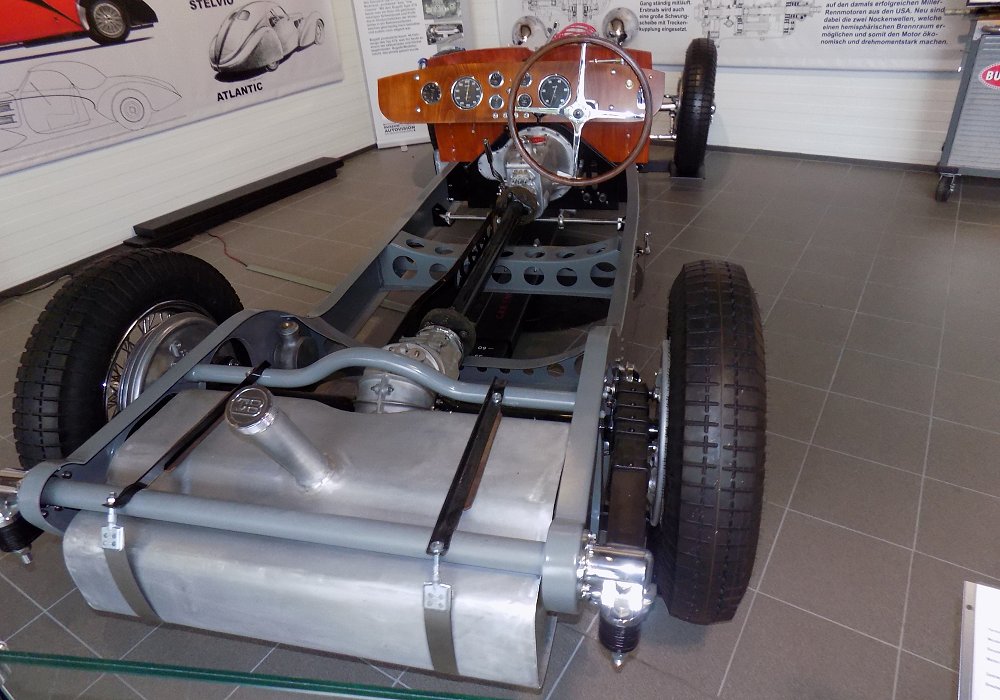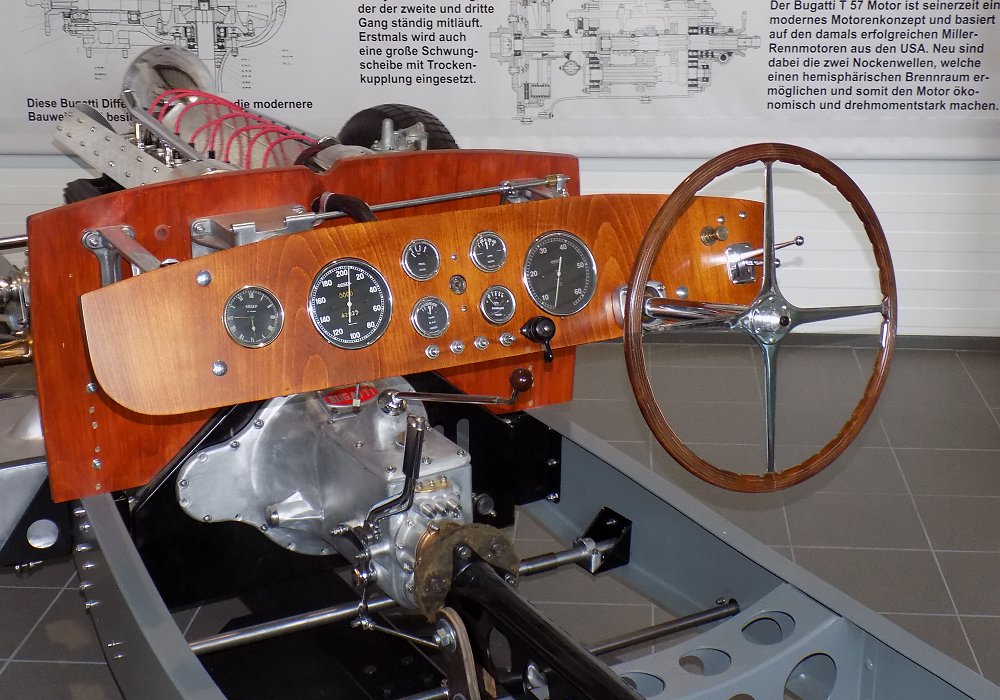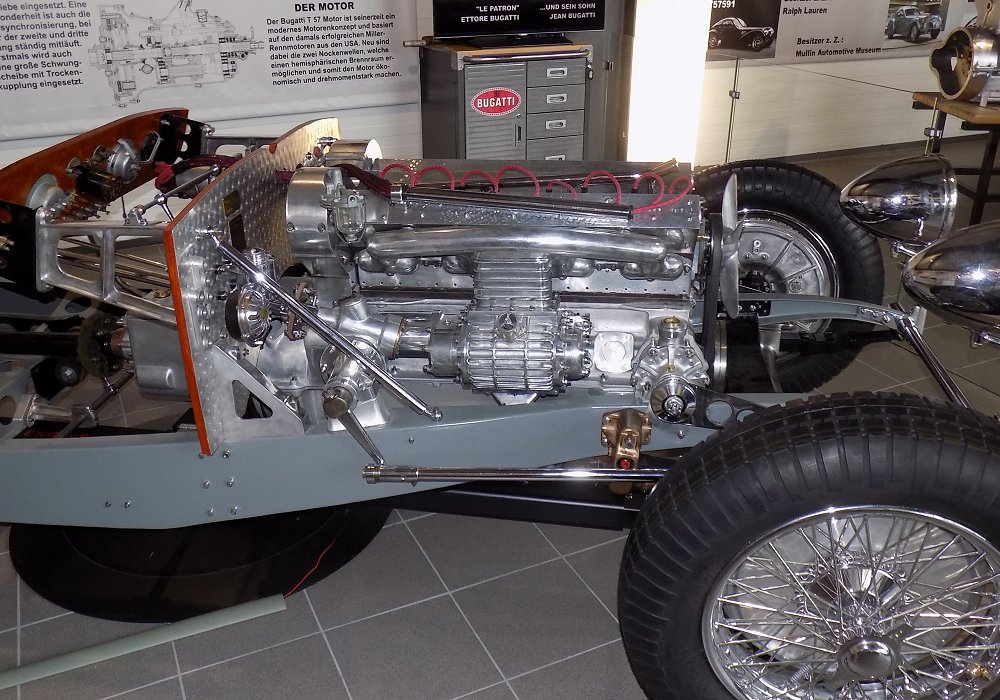Description
The Bugatti Type 57 stands as a testament to pre-war automotive excellence, blending advanced engineering with bespoke design. Introduced in 1934, it was the brainchild of Jean Bugatti, son of the company’s founder, Ettore Bugatti. Over its production run until 1940, approximately 710 units were built, encompassing various configurations and coachwork styles.
At its core, the Type 57 featured a 3.3-liter inline-8 engine, delivering between 135 to 160 horsepower, depending on the specific variant. The introduction of the Type 57S (“Surbaissé” or “lowered”) brought a sportier chassis design, and when equipped with a supercharger, it was designated as the Type 57SC. These enhancements allowed the car to achieve top speeds exceeding 120 mph, remarkable for its era.
The Type 57’s versatility was further showcased through its diverse body styles, crafted by renowned coachbuilders. Among these, the Atalante, Ventoux, Stelvio, and the iconic Atlantic stood out. The Atlantic, with its distinctive riveted dorsal seam and flowing lines, has become one of the most celebrated automotive designs in history.
While the designation “57 R Coupé” isn’t widely recognized in official Bugatti records, it’s possible that it refers to a unique or custom-bodied version of the Type 57. Bugatti often collaborated with various coachbuilders, resulting in numerous one-off designs tailored to individual client preferences. These bespoke models further cemented the Type 57’s legacy as a canvas for automotive artistry.
Today, surviving Type 57s are highly sought after by collectors and enthusiasts alike. Their combination of performance, design, and historical significance ensures their place as treasured icons in the automotive world.
